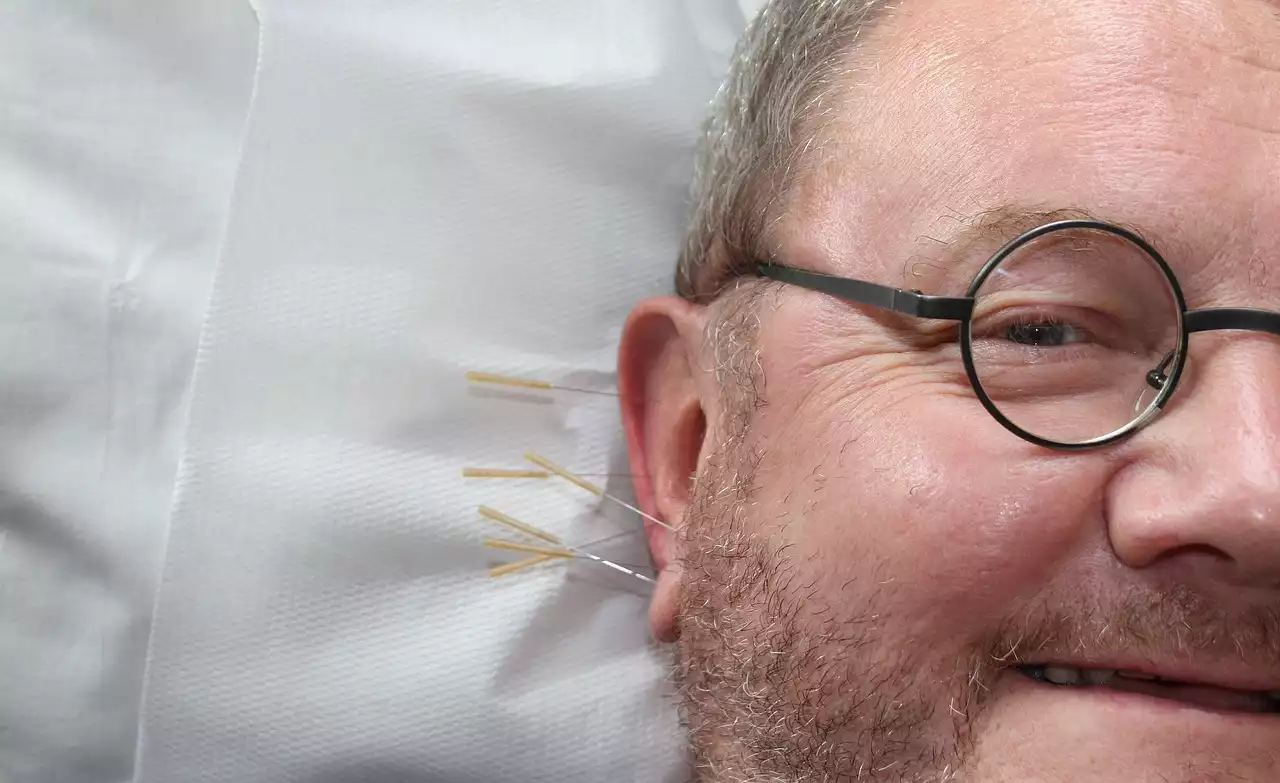Understanding anxiety and its causes
Anxiety is a natural response to stress, and it's something we all experience from time to time. However, when anxiety becomes overwhelming, it can interfere with daily life, leading to a range of physical and emotional symptoms. Anxiety disorders are the most common mental health condition in the United States, affecting around 40 million adults each year.
There are many different types of anxiety disorders, including generalized anxiety disorder (GAD), panic disorder, social anxiety disorder, and specific phobias. While the exact causes of anxiety are still unknown, several factors can contribute to its development. These include genetic predisposition, environmental factors, and imbalances in brain chemistry.
What is Cognitive Behavioral Therapy (CBT)?
Cognitive Behavioral Therapy (CBT) is a form of talk therapy that focuses on changing negative thought patterns and behaviors. It's based on the idea that our thoughts, feelings, and behaviors are all interconnected, and that by changing one, we can change the others. CBT is a collaborative approach, where the therapist and patient work together to identify negative thoughts and behaviors that contribute to anxiety and develop practical strategies for managing them.
CBT typically involves weekly sessions with a trained therapist, and sessions can last anywhere from 30 minutes to an hour. The length of treatment varies depending on the individual and the severity of their anxiety, but most people see significant improvements within 12-16 weeks.
How CBT helps treat anxiety
CBT targets the underlying thought patterns and behaviors that contribute to anxiety, rather than just treating the symptoms. It's a highly effective treatment for anxiety because it teaches people how to manage their anxiety on their own, without relying on medication.
During CBT sessions, the therapist will work with the patient to identify negative thought patterns and behaviors that contribute to anxiety. They will then develop practical strategies for managing those thoughts and behaviors, such as relaxation techniques, exposure therapy, and cognitive restructuring.
CBT can also help people identify and change their core beliefs about themselves and the world around them. Many people with anxiety have negative core beliefs that contribute to their anxiety, such as "I'm not good enough" or "I'm not safe." Through CBT, they can learn to challenge and change those beliefs, reducing their anxiety in the process.
The effectiveness of CBT for anxiety
Numerous studies have shown that CBT is highly effective in treating anxiety disorders. In fact, CBT is often the first-line treatment for anxiety, recommended by the National Institute of Mental Health (NIMH) and other leading mental health organizations.
One study published in the Journal of Consulting and Clinical Psychology found that CBT was more effective than medication in treating generalized anxiety disorder (GAD). Participants who received CBT saw significant improvements in their anxiety symptoms, and those improvements persisted even after treatment ended.
Another study published in the Journal of Anxiety Disorders found that CBT was highly effective in treating panic disorder. Participants who received CBT had significantly fewer panic attacks and less severe symptoms than those who received medication.
Overall, CBT has been shown to be effective in treating a wide range of anxiety disorders, including social anxiety disorder, specific phobias, and obsessive-compulsive disorder (OCD).
CBT techniques for anxiety
CBT uses a range of techniques to help people manage their anxiety. Some of the most common techniques include:
Cognitive restructuring
Cognitive restructuring involves identifying negative thought patterns and replacing them with more positive, realistic ones. For example, someone with social anxiety might have the negative thought "Everyone is judging me." Through cognitive restructuring, they can learn to replace that thought with a more realistic one, such as "Some people might be judging me, but most people are probably not even paying attention."
Exposure therapy
Exposure therapy involves gradually exposing the patient to the things that trigger their anxiety, such as social situations or specific phobias. The goal is to help the patient learn to manage their anxiety in those situations, rather than avoiding them altogether.
Relaxation techniques
Relaxation techniques, such as deep breathing and progressive muscle relaxation, can help people manage their physical symptoms of anxiety, such as rapid heartbeat and sweating.
Mindfulness
Mindfulness involves staying present in the moment and learning to accept and observe one's thoughts and feelings without judgment. It can help people learn to manage their anxiety by reducing their tendency to ruminate on negative thoughts and emotions.
The role of a therapist in CBT for anxiety
The role of the therapist in CBT is to guide the patient through the process of identifying and changing negative thought patterns and behaviors. The therapist will work with the patient to develop a treatment plan that's tailored to their individual needs and goals.
During sessions, the therapist will help the patient identify negative thoughts and behaviors that contribute to their anxiety. They will then work together to develop practical strategies for managing those thoughts and behaviors, such as relaxation techniques and cognitive restructuring.
The therapist will also provide support and encouragement throughout the treatment process, helping the patient stay motivated and engaged in the process.
CBT vs other therapies for anxiety
While there are many different types of therapy available for anxiety, CBT is often the most effective. Unlike medication, which only treats the symptoms of anxiety, CBT targets the underlying thought patterns and behaviors that contribute to anxiety, providing a more long-term solution.
Compared to other types of therapy, such as psychodynamic therapy, CBT is more structured and goal-oriented. It's also more focused on the present moment, rather than past experiences.
CBT is often used in combination with medication for a holistic approach to treatment. However, many people find that CBT alone is enough to manage their anxiety effectively.
Finding a CBT therapist for anxiety treatment
If you're interested in trying CBT for your anxiety, the first step is to find a qualified therapist. You can start by asking your primary care physician for a referral or searching online for therapists in your area who specialize in CBT.
When choosing a therapist, it's important to look for someone who's licensed and has experience working with anxiety disorders. You should also feel comfortable with the therapist and feel like they understand your needs and goals.
CBT resources for anxiety self-help
In addition to working with a therapist, there are many resources available for people who want to try CBT techniques on their own. Some popular resources include:
- Self-help books and workbooks on CBT for anxiety
- Online courses and workshops on CBT for anxiety
- Smartphone apps that use CBT techniques for anxiety management
While self-help resources can be helpful, it's important to remember that they're not a substitute for working with a trained therapist. A therapist can provide personalized guidance and support that's tailored to your individual needs and goals.











